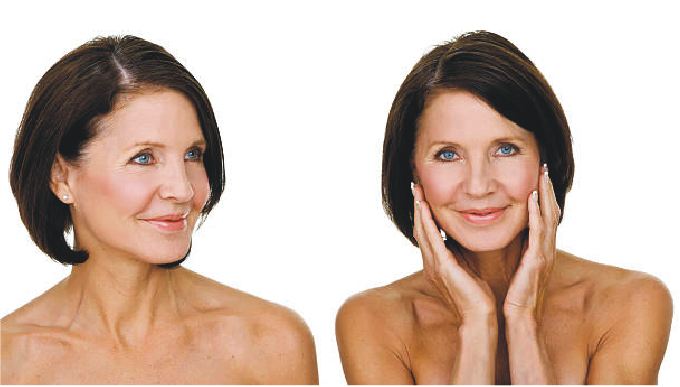It is really depressing to find the signs of age slowly invading your face and neck. It is really hard to accept the sagging skin, fine lines and drooped jaws as part of your existence.
In order to combat these disturbing but inevitable tormentors, millions of women in the age group of 40s and 50s, all across the globe have taken the recourse of facelift.
Facelift is a kind of cosmetic surgery that aims to bring back your youthful looks by removing excess skin and fat from your face and neck and tightening the remaining tissues and muscles underneath.
As a procedure, facelift has a number of variations. Each variation has number of sub categories.
These different types of facelift techniques have been invented to suit individual needs and skin conditions.
While some of the types work only on the upper surface of skin, others involve more complicated procedures involving the tightening of skin or stretching out the fatty tissues.
Let us discuss how different types of facelift work.
Traditional Facelift or the Subcutaneous Facelift
This is the traditional and first generation method of facelift that involves making of incision around the area of hairline and earlobe.
Another incision in the chin is also made to take care of neck.
In this facelift, the skin is separated from fat and muscle underneath and then excess fat is removed to give the face a slimmer look.
This is the simplest form of facelift and it was popular in 1970s. The main draw back of this technique is that its effects are very short living where the skin gets back a stretched look within a short time.
In order to avoid this problem, the tissues were started to be pulled very tightly resulting in a hard, flat look of the face.
Because of the high tension, the chances of side effects such as hair loss and infections are also bigger in this technique of facelift.
SACS lift
It is a progress over traditional method of facelift. Here the dissection takes place just below the layers of fat. It involves much deeper penetration than a subcutaneous facelift.
In recent times this technique of facelift seems to be most popular among the patients.
Although it is not as long lasting as the more modern facelift techniques, it involves lower amount of risk factors than the traditional method and it is a very quick procedure.
SMAS lift
We have a layer of tissue called the SMAS (superficial musculoaponeurotic system) underneath our skin.
The SMAS lift involves tightening of this layer by folding it over itself. Finally, the excess fats are trimmed away.
The result is, your cheeks and necks become firmer and jaw line seems to be more defined.
Unlike the subcutaneous lift, your skin is not stretched in this process. In the absence of any abnormal tension along the hairline, the risks of hair loss are minimum.
Then, its impact lasts longer as the operation affects the deeper layers of your skin instead of just the upper layers.
This technique is however divided in several sub categories like ‘limited SMAS’, ‘extended SMAS’, ‘SMAS plication’, ‘the composite facelift’, which are also described as ‘second’, ‘third’ and ‘forth’ generation facelifts.
Depending on your age and skin type, the surgeon will decide which technique suits you most.
As a whole, the ‘extended SMAS’ seems to be the most preferred technique of most of the surgeons these days.
Subperiosteal Facelift
Apart from repairing sagging skin, the objective of facelift extends far beyond.
There are facelift techniques that are applied to other areas of your face to mask the specific defects of brow line, eyelids and so on.
As for example, a drooping eyelid can be reconstructed through removal of excess fat and loose skin around this area.
Then, frown lines along the areas of forehead are eliminated by removing muscles and releasing tissues along the areas of eyebrow.
This is called the subperiosteal or ‘mask’ lift, where tissues attached to the bones are lifted as units. This is a facelift technique that avoids cuts near the areas of your ear.
The opponents are however of the opinion that that this technique involves higher risk of facial nerve damage and SMAS technique yields better result than this one.
Multiplanar facelifts
In the modern cosmetic surgery, facelift is often done by combining the principles of all the above described techniques. These are called the ‘multiplanar facelifts’.
Facelift is a practical solution to deal with the problems of aging or your unhappiness about your looks.
But it is a complex procedure, as you can understand from the above descriptions of the different variations of facelift.
It is not altogether devoid of risks and that is why it is up to the cosmetic surgeons to decide what method will yield best result in your case.
Depending on the age, skin type and other medical factors, an experienced surgeon will opt for the facelift type that is best for you.

